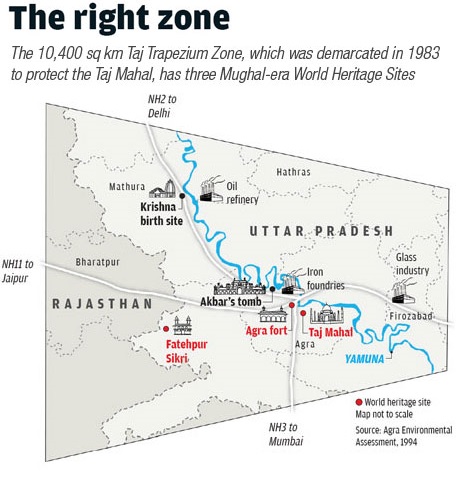Recently, the pressure on European museums to return artefacts taken from Southeast Asia during colonial times is growing.
1970 Convention defines ‘Cultural Property’ as ‘a property designated by countries having importance for archaeology, prehistory, history, literature, art or science’.
UNESCO 1970 Convention is fully in line with the Sustainable Development Goals defined in the United Nations 2030 Agenda.
|
Indian laws in Protection of Antiquities |
|
References
UPI gets global launch at Eiffel Tower in France.
|
National Payments Corporation of India (NPCI) |
|
NPCI International Payments (NIPL), an arm of NPCI has tied up with French e-commerce and proximity payments Lyra, in enabling UPI in France. Eiffel Tower is the 1st merchant to offer UPI payments in France.
References
India has paid USD 32.89 million to the United Nations Regular Budget for 2024.
The UN Charter, the treaty signed in June 1945 that created the United Nations, established 6 principle organs of the new international organization.
Given its high level of economic development and per capita income relative to other countries, the U.S. pays the maximum rate.
36 Member States have paid their regular budget dues in full to the UN on time for 2024 UN budget and are mentioned in Honour roll.
References
In Peru, conservators try to save stingless bees to save Amazon forests.
|
|
Stingless Bees |
Honey Bees |
|
Nativity |
South and Central America mainly Amazon |
Africa, spread to China, America, Europe and India |
|
Habitat |
Forested areas and tropical climates |
Most tropical and subtropical regions |
|
Sting |
No |
Yes |
|
Viscosity |
Less, so highly liquid |
High |
|
Honey Production |
Less |
More |
|
Adaptation to agricultural areas |
Vulnerable to death |
Adapted to live |
Amazon is one of the most biodiverse regions in the world and is also known as Lungs of the Earth.
References
Recently, the Supreme Court of India asked the Centrally Empowered Committee to find out an alternative solution to cutting down 3,874 trees for the construction of a road project in the Taj Trapezium Zone.

References
|
Other Important Topics |
|
Sirpur lake |
|
|
GHAR (GO Home and Re-Unite) Portal |
|
|
Project X |
|
|
Asteroid Ryugu |
|
|
Cauvery North Wildlife Sanctuary |
|
After nearly 50 years, two tigers were recorded in camera traps in reserve forests of Jawalagiri range in the Cauvery North Wildlife Sanctuary at Hosur, Tamil Nadu recently.
|
|
Nityanand Rai Committee |
|
The Ministry of Home Affairs has decided to hold the 2nd meeting of its high-powered committee soon in New Delhi.
|
|
MEA's share for Bhutan |
|
|
Mekong River |
|
|
Health cover under AYUSH |
Insurance Regulatory and Development Authority of India (IRDAI)
|
|
Cashless treatments in Hospitals |
|